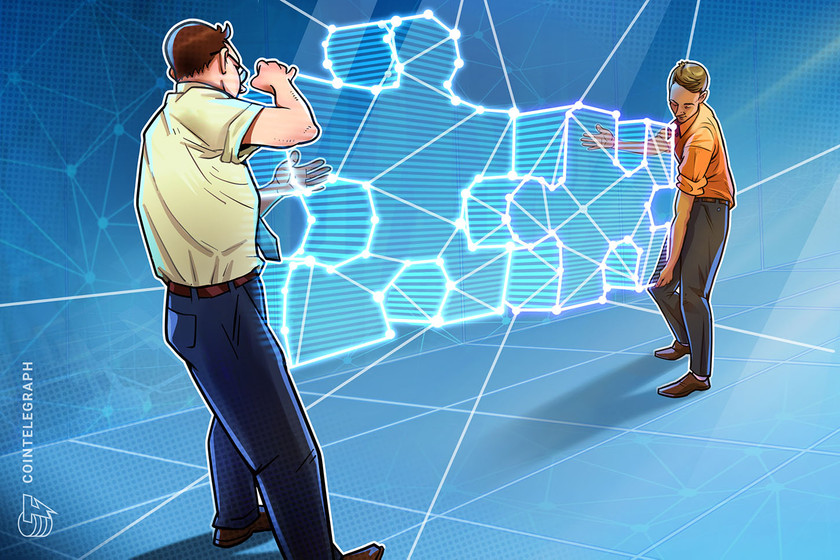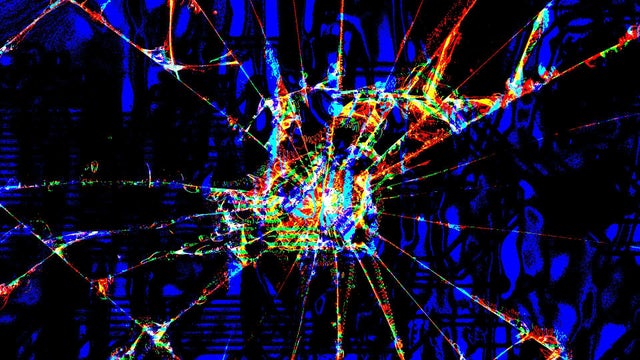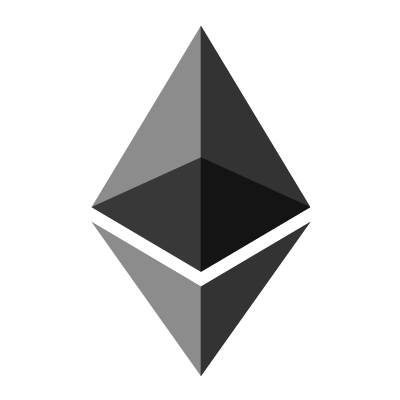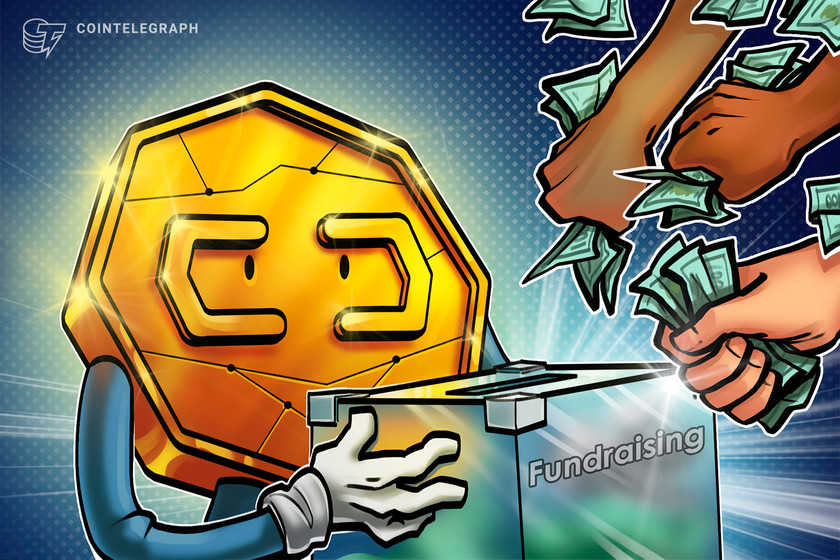Ethereum remained well bid above the $1,720 support against the US Dollar. ETH recovered losses, but it is still facing hurdles near the $1,850 zone. Ethereum remained well bid above the $1,720 support zone. The price is now trading below $1,800 and the 100 hourly simple moving average. There is a key bearish trend line forming with resistance near $1,840 on the hourly chart of ETH/USD (data feed via Kraken). The pair might start a steady increase if there is a clear move above the $1,850 resistance zone. Ethereum Price Remains Stable Ethereum remained well bid above the $1,700 level and near the $1,720 support zone. A base was formed near $1,720 and there was a fresh increase. The price gained pace for a move above the $1,800 level and the 100 hourly simple moving average. There was a clear move above the 50% Fib retracement level of the downward move from the $1,918 swing high to $1,725 low. The price spiked above the $1,850 resistance zone. However, the bears remained active near the $1,865 level. Ether failed to clear the 61.8% Fib retracement level of the downward move from the $1,918 swing high to $1,725 low. Source: ETHUSD on TradingView.com There is also a key bearish trend line forming with resistance near $1,840 on the hourly chart of ETH/USD. On the upside, an initial resistance is near the $1,830 level. The next major resistance is near the $1,850 and $1,865 levels. A clear move above the $1,865 resistance might start a fresh increase. In the stated case, the price could revisit $1,920. Any more gains might set the pace for a move towards $2,000. Fresh Decline in ETH? If ethereum fails to rise above the $1,865 resistance, it could continue to move down. An initial support on the downside is near the $1,770 zone. The next major support is near the $1,720 level. A clear move below the $1,720 level might spark a major decline. The next major support might be $1,680. Any more losses could send the price towards the $1,600 level in the near term. Technical Indicators Hourly MACD – The MACD for ETH/USD is now gaining momentum in the bearish zone. Hourly RSI – The RSI for ETH/USD is now below the 50 level. Major Support Level – $1,720 Major Resistance Level – $1,865






